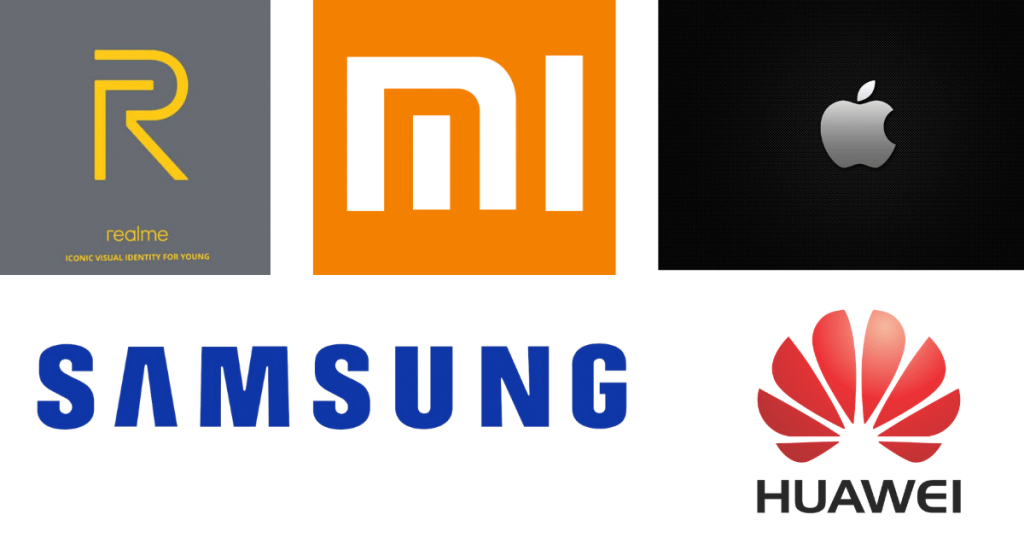The global smartphone industry had taken quite a hit as a result of the COVID-19 pandemic. However, the industry seems to be back on its feet, owing to new releases and a surge in demand. The global production of smartphones has shown a marked increase of 20% on quarter-on-quarter growth. The increase takes the production to 336 million units in 2020’s third quarter as per market research done by TrendForce. In this article, we will take a closer look at this report and what it means for smartphone users around the world.
QoQ Growth
The report highlights how this is the highest QoQ reported in recent years, despite the slowdown caused by the global pandemic. TrendForce also noted that the comparisons of various QoQ clearly outline a recovery from the plummet in demand caused by COVID-19. However, even with such a surge in production, only Xiaomi and Samsung were able to increase their market share this quarter out of the top six.
Companies Moving Ahead
As per TrendForce’s data, Samsung experienced a QoQ growth of 42% producing 78 million units last quarter. This massive growth helped the smartphone giant retain its global top spot. However, the research predicts that Samsung will drop its production to 62 million, indicating a drop of 16 million units by the end of the holiday season. As the company faces stiff competition from the Apple iPhone 12 series, after the holiday stockpiling in Europe and North America, there will be a reduction in production.
Coming in second is Oppo, with a 64% QoQ increase that saw the company produce 45 million units in the third quarter. However, this figure also includes devices from the Realme, OnePlus, and Oppo lines, leading to a higher number. Following close behind was Xiaomi which experienced a 51% QoQ boost leading to the production of 44.5 million units. Due to the comparative figures, TrendForce recorded that both Xiaomi and Oppo shares the second spot.
Other Companies in the Mix
Oppo, Vivo, and Xiaomi have all benefitted from Huawei’s loss of market share. Huawei has had to deal with American sanctions that have severely impacted its production and demand. Both Oppo and Xiaomi are planning to boost their production in the fourth quarter. Estimated production volumes for Oppo and Xiaomi include 47 million and 46 million units respectively.

Meanwhile, Apple dropped to the fourth position on the chart due to a QoQ growth of a meager 2%. The American giant produced only 42 million units in the third quarter, and this drop is attributed to the delay in launching the iPhone 12. Researchers believe that the launch of the 12 series will reinstate Apple’s high position on global charts, with production volume estimates being as high as 74 million units in the fourth quarter.
Bottom End of the Chart
Mirroring Apple’s position was Huawei, which produced 42 million units in the third quarter, on par with Apple. However, the company witnessed a QoQ decline as large as 19%, which experts believe will fall to a whopping 30% by the end of the fourth quarter. As a result, their production volume is expected to shrink to 30 million units. Vivo came in sixth with a QoQ increase of 13%, producing 30 million units in the third quarter. However, experts believe that the company will expand production to 35 million units in the fourth quarter, indicating a higher QoQ in the future.
Political Tensions
TrendForce’s experts noted that the ongoing India-China border dispute will put even more pressure on companies like Xiaomi, Vivo, and Oppo. As Indians take a more patriotic and nationalist approach to production and purchase, these companies will face hurdles in their sales efforts. India remains a primary foreign market for all these manufacturers, and they may experience a loss of market share if these sentiments are to continue. The trio of brands enjoy a robust local supply chain in India and have a strong brand identity. However, if the dispute drags on Indian buyers might gravitate towards their competitors, marking a decline in sales for them.
TrendForce also noted that the global production of smartphones for 2020, experienced a YoY drop of 11%. This year, the total production volume touched 1.25 billion units, and this is expected to grow to 1.36 billion units in 2021. Therefore, smartphone manufacturers can expect a surge in demand in the coming year, helping them recover fully from the lull caused by the COVID-19 pandemic this year.

Being a cinephile with a love for all things outdoorsy, Athulya never misses a chance to chase inspiring stories or poke fun at things, even when the subject is herself. Currently pursuing a degree in mechanical engineering, she is someone innately interested in technical and scientific research. Music reviews and op-eds define her as they allow her to explore different perspectives. Though sometimes she thinks she makes more sense playing the guitar than she does while writing.